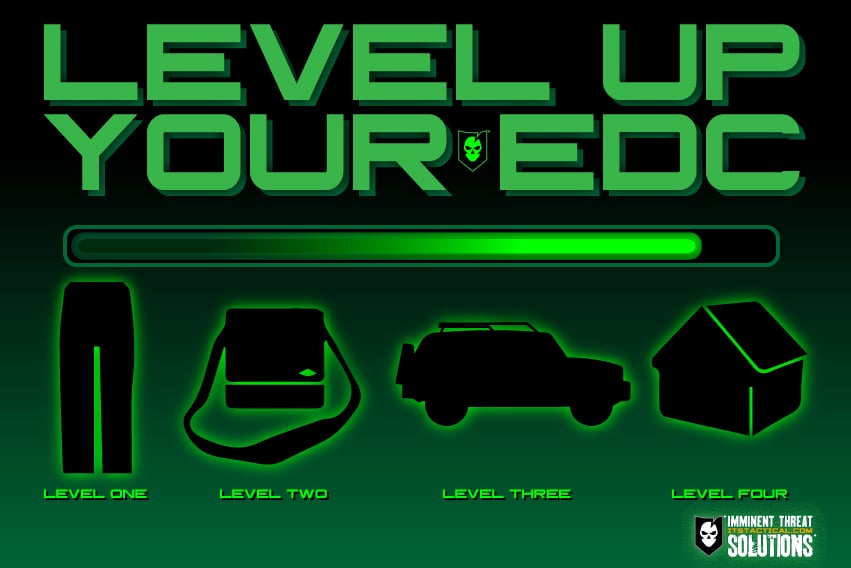
There’s something to preparing for having nothing, but carrying everything you need.
People often criticize those that carry a lot in their pockets and that’s completely acceptable. Everyone is entitled to their own opinion on the matter, as well as what they choose to carry.
It’s a fact that you’re not always going to be able to carry a gun, or even a knife in some situations and your training should reflect being able to prevail under these conditions. This isn’t some ploy to say you don’t need those items, or not to train with them.
However, if at any point in your self analysis, you realize that all your training time and money has been spent on, say shooting classes for example, you’re spending too much time focusing on just one aspect of self defense and self preservation. Yes, important skills to train include knowing how to tie a knot or start a fire without a lighter too, but I digress.
There has to be a balance and I’d argue that what you carry on a daily basis should also support this complete picture of your skill-sets and give you the physical tools to increase your odds. Minimalism is up for interpretation.
Leveling Up
To use a video game analysis, think of your EDC (every day carry) as supporting your transition to the next level.
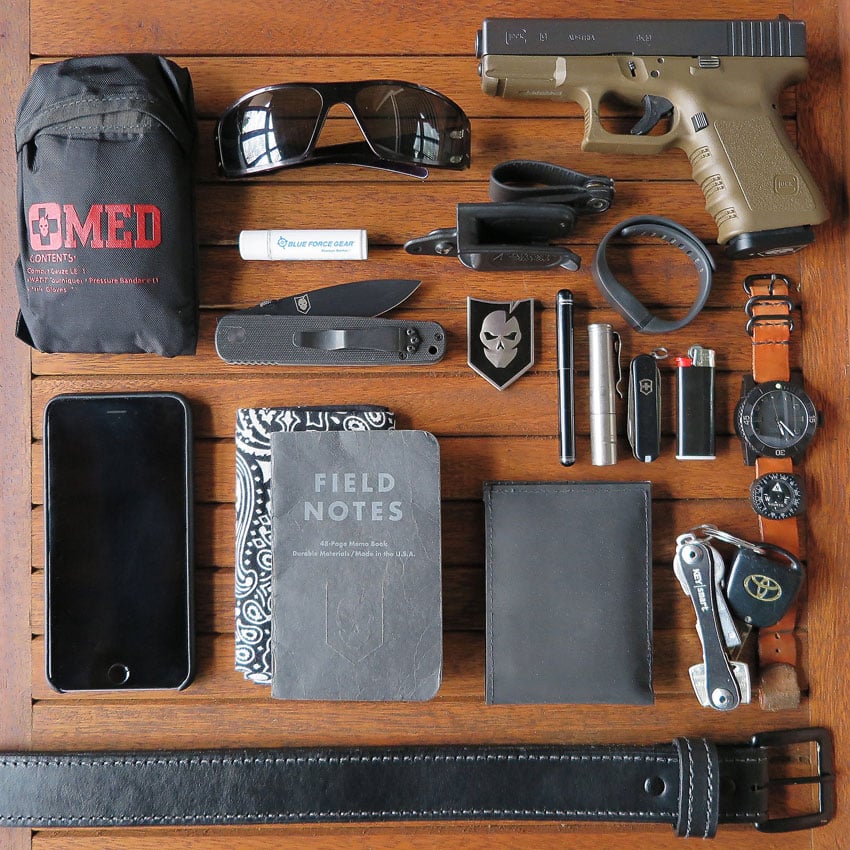
Level 1
With what’s in your pockets, think of this as Level 1, you should be able to survive the immediate threat at hand. Those same materials, no matter how minimalist, should also support your “level up” to your bag. Whether this is a backpack, messenger bag or a briefcase doesn’t matter. These kinds of containers make sense to most people who commute, due to their versatility and portability.
Level 2
Your bag, being Level 2, should not only hold those larger items you need on a daily basis to do your work, but also the bigger tools that support your level up to your vehicle. Because a bag is something you’d potentially set down during the day, you have to realistically think there’s times when you’ll be away from it, hence why it’s listed on a separate level.
Level 3

Next up is your vehicle, or Level 3. Contents at this level can be as extensive as the space available to fill, of course carrying around too much weight starts to affect gas mileage. These items give you the means to survive away from your home, so thinking about the contents here in that perspective is time well spent. An aspect of this, outfitting your vehicle with a winter emergency kit, was recently covered on ITS and I’d highly recommend reading that article if you haven’t yet.
Level 4
Level 4 is your home, your castle, the location you can hopefully survive from for a significant amount of time. Again, the items in this location are only limited by the available space. A good exercise here is to think of your power being shut off and not being able to leave your house. What will you and your family need to make it through? A step further could be moving to a secondary location, or Level 5, if you’re forced to evacuate your home.
Break down all these levels for yourself and look at what you “carry” in each level as building blocks, increasing your odds and building in redundancy where applicable.
I’ve also heard this as, “you carry a gun so you can fight to your vehicle and you have what you need in your vehicle to fight to your house.” I personally like looking at it more from the leveling up approach and having the right tools at my disposal in each level to support my skill-sets.
Increasing Your Odds
While knowing how to properly defend yourself without “tools” on your person is important, just be sure you’re properly analyzing the disadvantages in doing so and the inherent risks involved given your own skill-sets. Yes, a pocket full of “stuff” can often be a burden, but your situation and clothing should always dictate the level of “discomfort” you’re willing to tolerate.
Carrying a gun, knife, wallet, trauma kit, tourniquet, keys, pen, flashlight and the other litter that might mean “prepared” to you, is completely ludicrous to the person who will more than likely find themselves in a position of needing those items one day.
The thing is, I carry those things for them and they don’t even know it. My gun is for my protection, that of my family and especially those around me. I’m also the last person I plan for my medical kit to be used on, but it’s there for someone else to use on me, too. I’ve often joked that I should EDC a shovel to dig people’s heads out of the sand too.
Those who chastise people for what they choose to carry may either be self conscious about their ill-preparedness, or confident that others will come save them when disaster strikes. Don’t worry, we have your back.







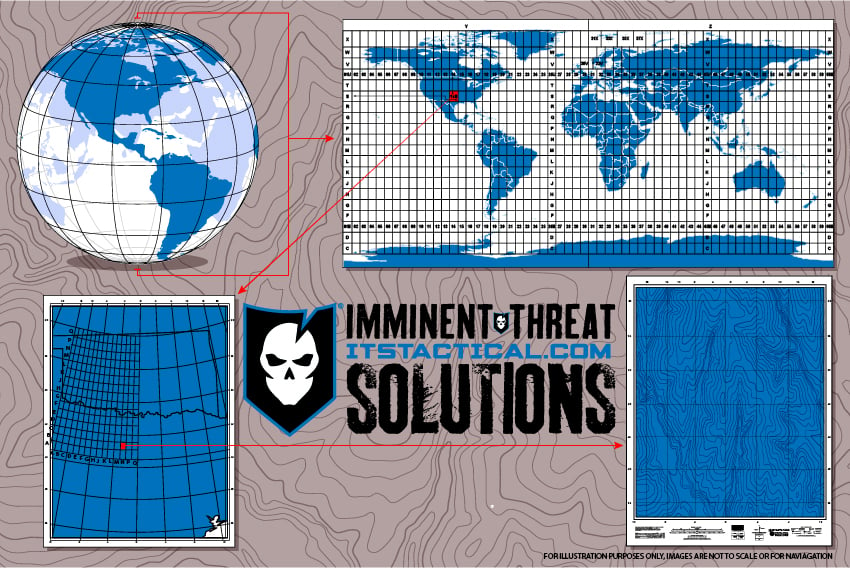

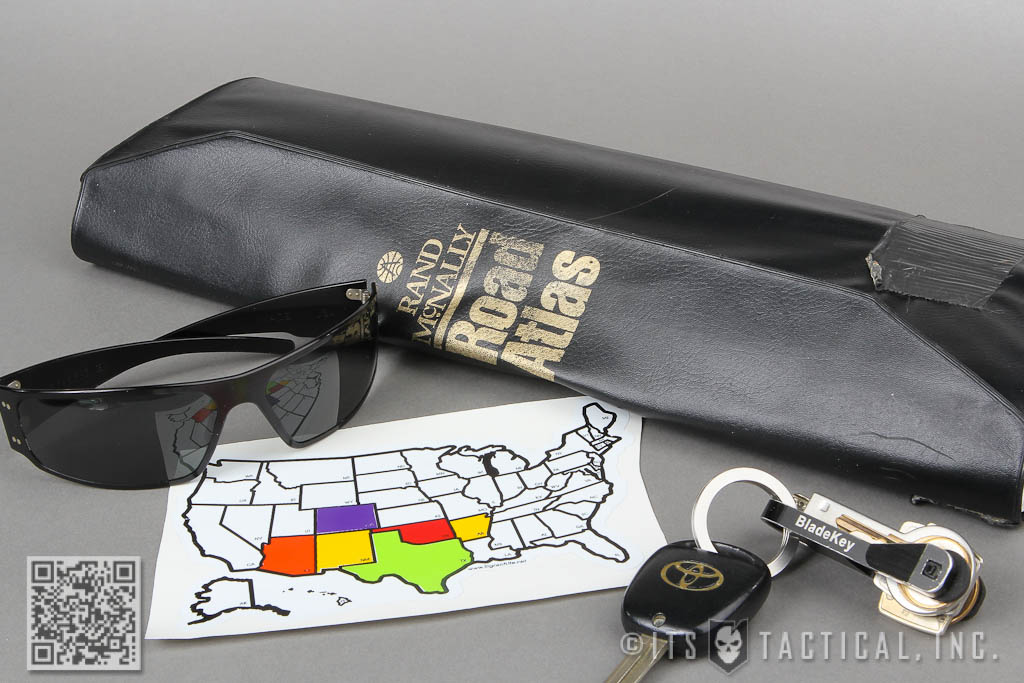
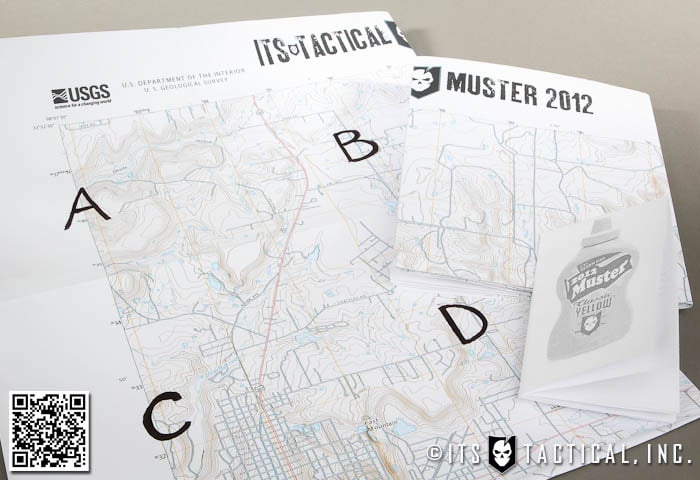


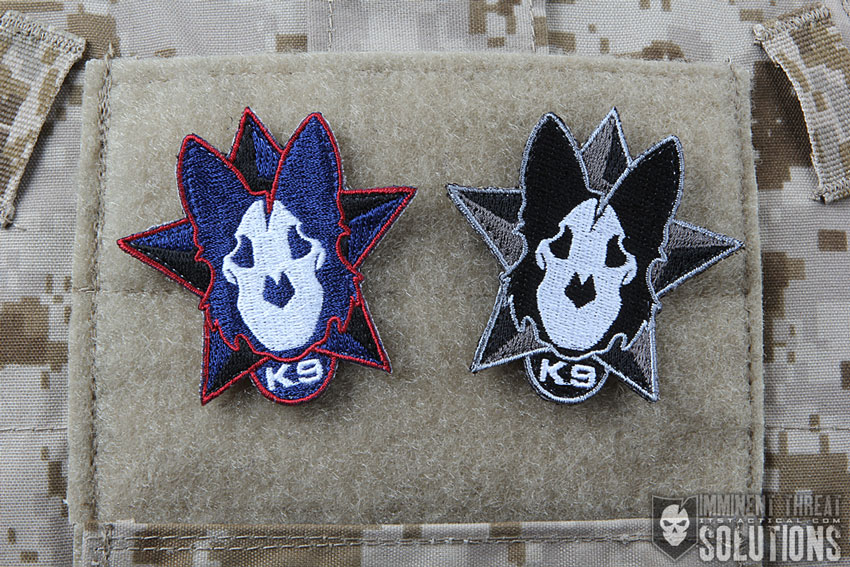

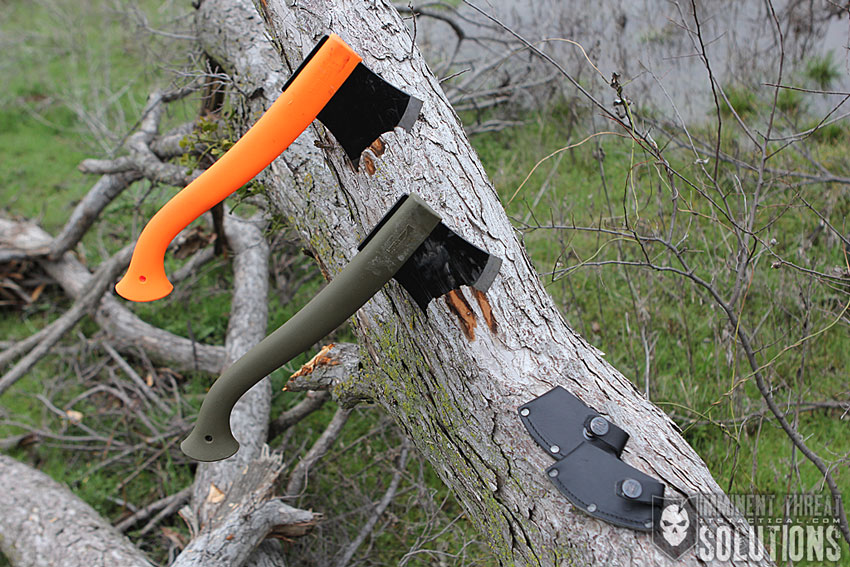
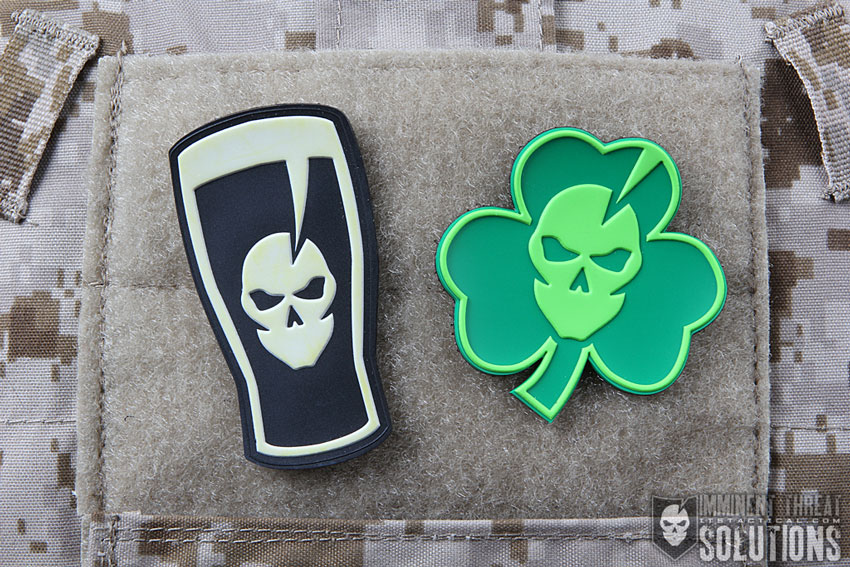





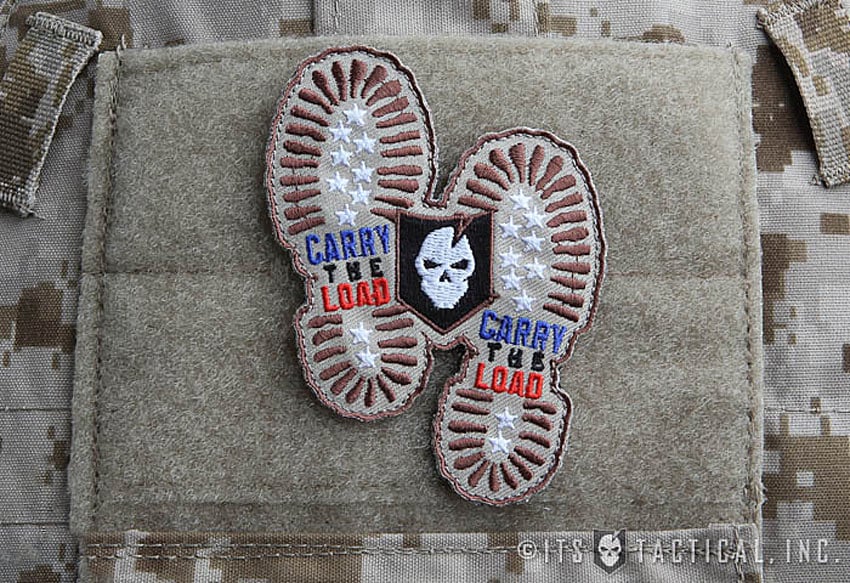
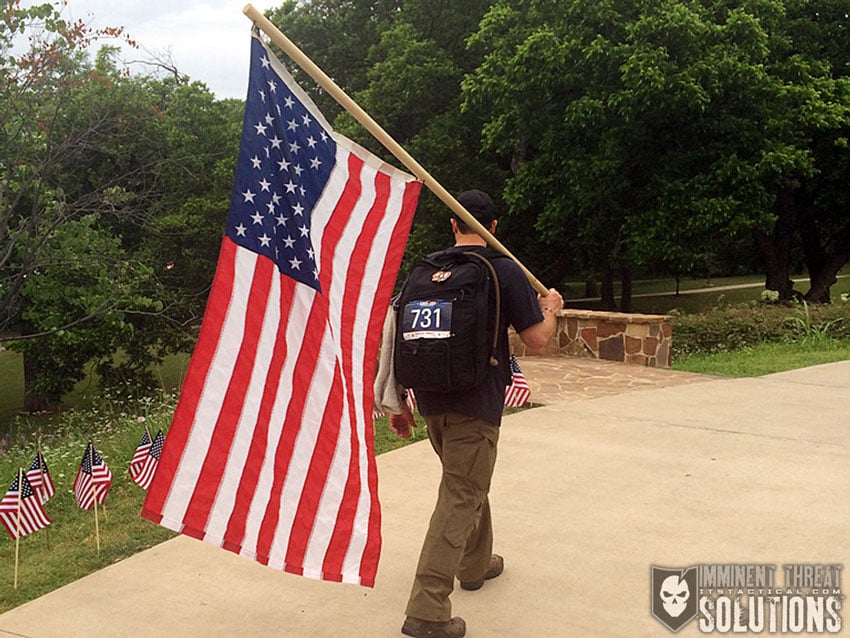


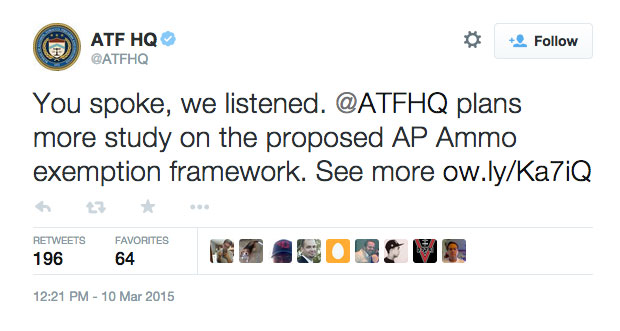
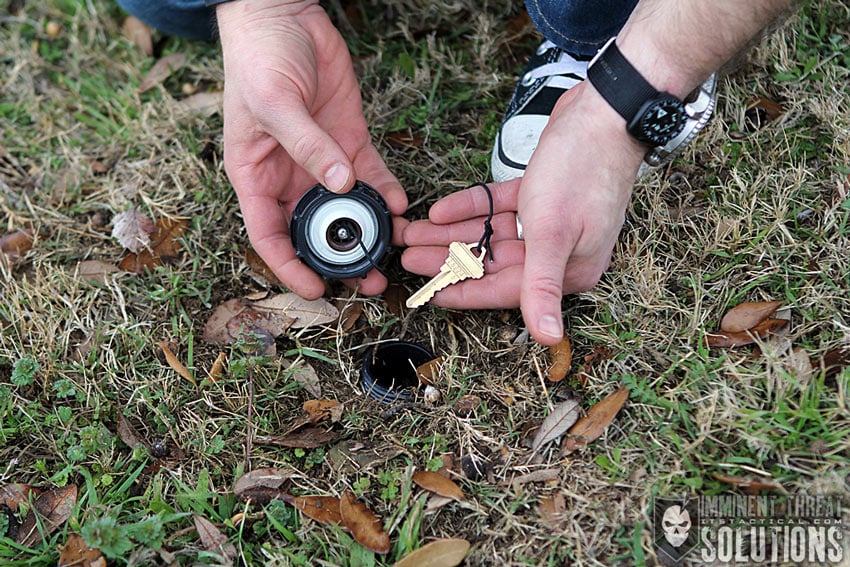

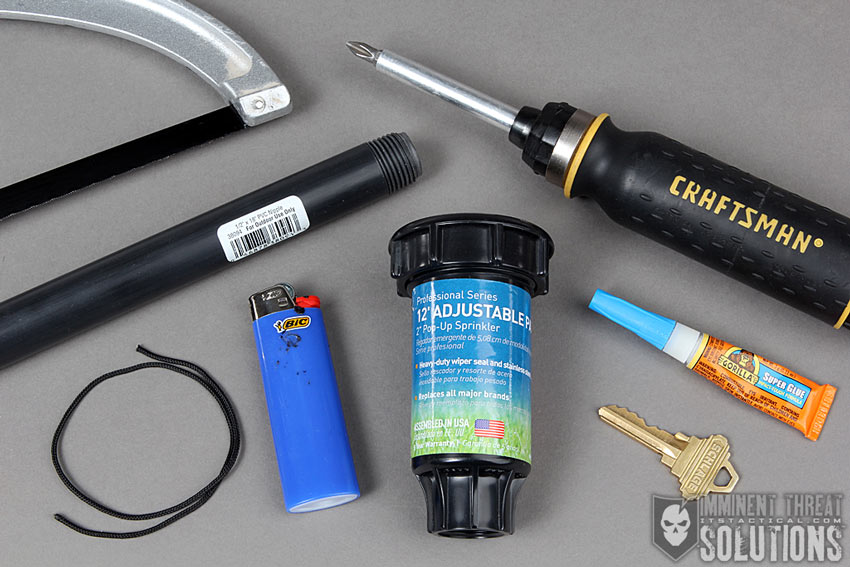







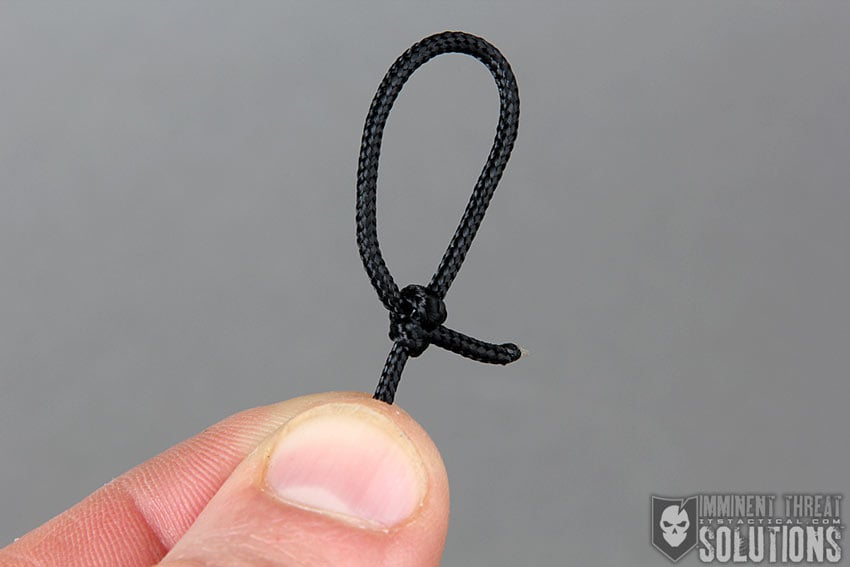
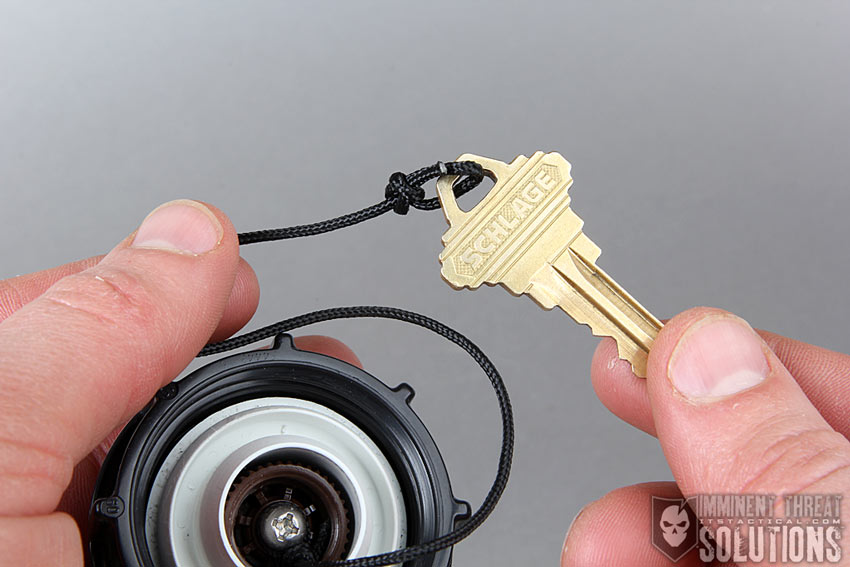
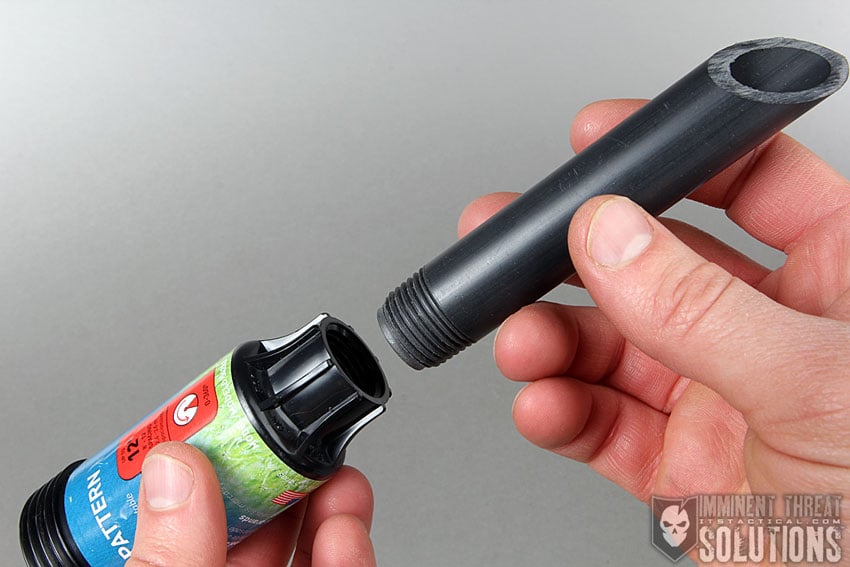


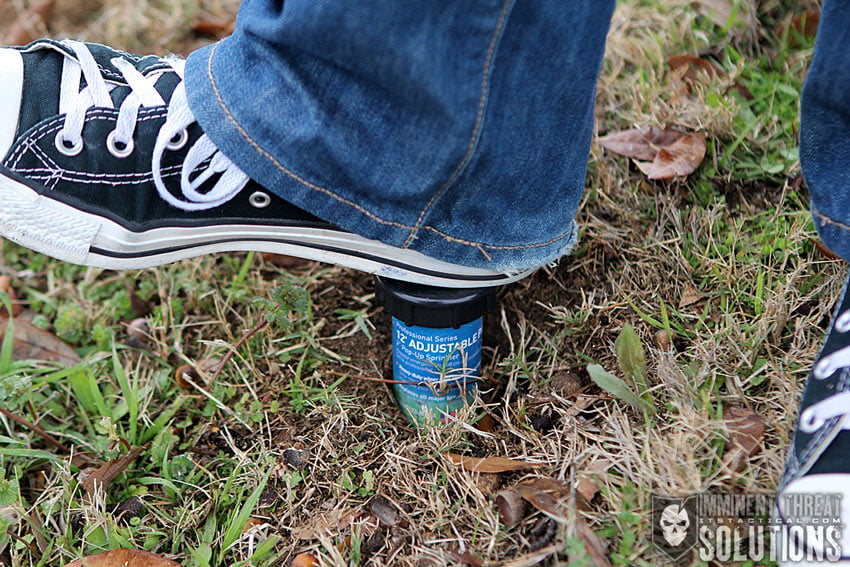





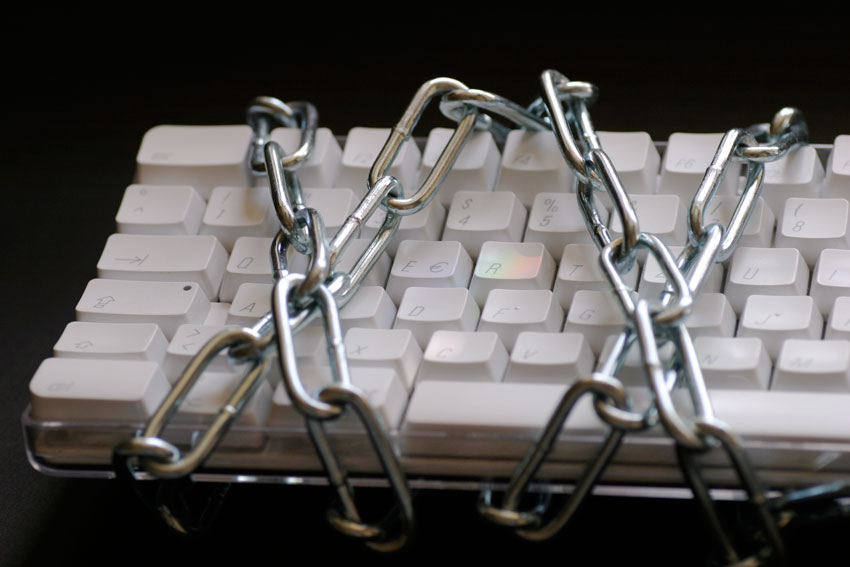

Cyberbullying: It Doesn’t Just Affect Kids
It’s not uncommon these days to hear reports on the local news about someone being bullied through the Internet. There are campaigns being led by celebrities, athletes, politicians, parents and family members of people who’ve been directly effected by bullying and general supporters who are trying to put a stop to this type of offense.
When I researched Cyberbullying online most of the information that I found was directed towards parents, children and teens. MTV has a campaign called athinline.org that blurs the focus somewhat with who the campaign is aimed at, but the photos imply that those affected by cyberbullying are young.
Would you be alarmed to find out that some of the people committing personal cyber attacks are adults with college educations? Me neither.
Don’t Feed the Trolls
As an online company who communicates with the public regularly, we’ve seen and received our share of malicious chatter. Personal attacks through direct messages and other violent and sexually oriented comments seem to run rampant amongst online businesses. A quick look in the comments section from your favorite Internet sites and you’ll know just what I’m talking about. Or you can follow the running joke in online companies; don’t read the comments.
At first you might think these remarks come from juveniles, as we often joke around here that the kids must be out of school with nothing better to do. However, more often than not, these comments come from men and women with jobs in respectable positions. It’s a shocking realization.
Messages like this are being seen around the globe. Curt Shilling, a former Red Sox pitcher, went public earlier this week with the cyberbullying his daughter Gabby was receiving. Some messages were directed at him, but described harm the offenders wanted to commit against his daughter. I was glad to read that several of the men who wrote vulgar and derogatory messages were identified, called out and some even lost their jobs over it.
Common practice seems to be not feeding the trolls, as they’re often referred to, but in Shilling’s case, his actions have made a big difference.
Hiding Behind Assumptions
Maybe one of the reasons these attackers have commented in obscene ways is because they think they can hide behind anonymity, using random user names and phony accounts to log into whatever form of social media they’re using. Perhaps some adults don’t seem to think what they are saying and doing online is bullying, they may think they’re just joking around. I can only speculate as to why educated adults are behaving like this, but the graphic and vulgar content that’s being thrown at people these days needs to stop no matter what.
It’s unfortunate that we have people in our society today who think they can take whatever action they feel is justified, verbal or otherwise, if they disagree with, don’t like someone, or are just trying to seem tough. You might be surprised to learn that online identities leave a trail similar to a paper trail and are easy to track down. Most states even have provisions that include electronic forms of communication in their stalking and harassment laws and often have crime units dedicated to tracking down the more serious reports.
The reality of the situation is that these comments are never anything these people would say in person or in public. In the words of Curt Schilling responding to someone saying this is just the world we live in now, “No, it’s not. We can allow it to be that way, but it’s not.”
As the digital age continues and we communicate more and more behind the screen of a computer or mobile device instead of face-to-face, values and respect must be part of that communication. Disagreement and differences can still be present, but violence and sexual attacks should never be part of the equation.